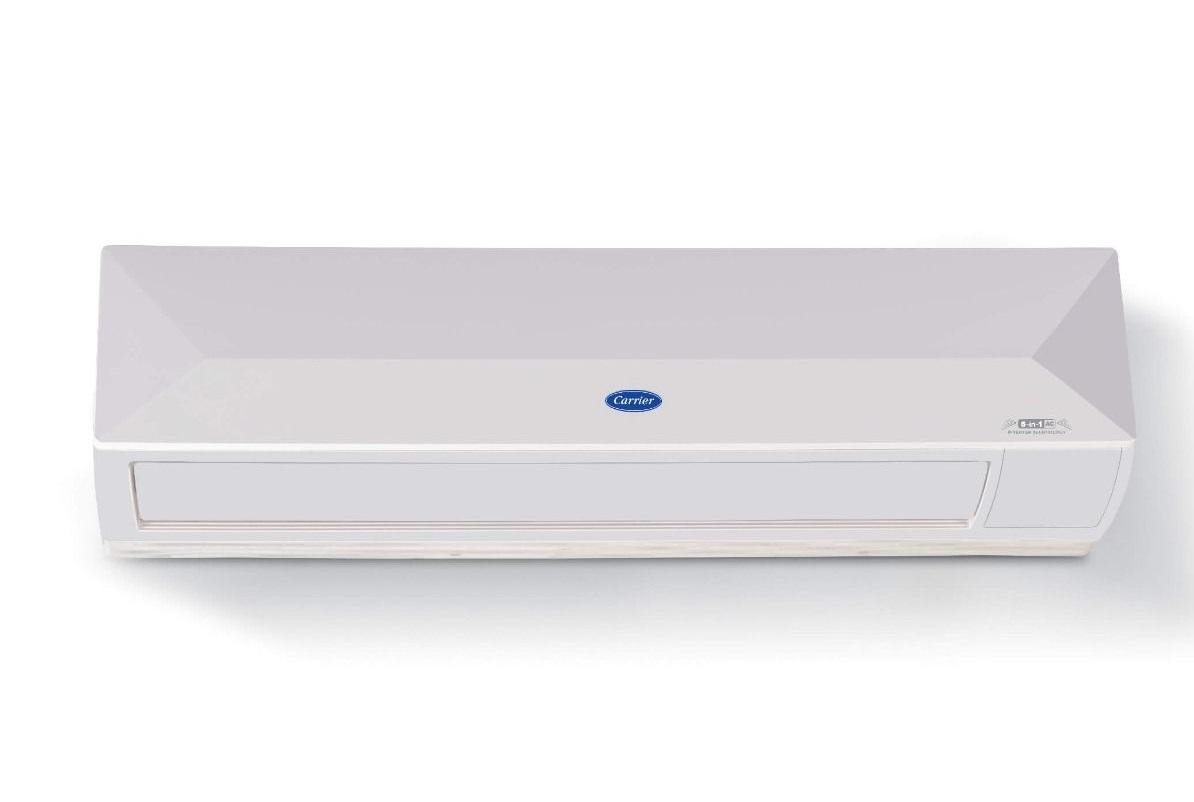Evolution of Conveyor Systems: Unveiling the Latest Technology Trends

The industrial environment is improving day by day, and every company or organization strives to increase productivity as much as they can with the help of technology. Among many equipment, industries use conveyor systems to boost their productivity and product quality.
It’s been years since conveyor systems have been introduced around the world. However, with the advancing technology, these systems also had to undergo some changes to adapt to the competitive environment and increase efficiency.
In this article, we’ll be discussing the latest technology that is being incorporated into the conveyors systems.
1. Advanced Integration of Conveyor Material
Designers are actively integrating advanced materials in conveyor technology. For example, detector conveyors use food-grade belts, which help to keep the food manufacturers in adherence with government FDA requirements.
Detector belts are bacteria-resistant and detect any minuscule parts, which makes them an ideal choice for food manufacturing industries.

2. Artificial Intelligence
Artificial intelligence is defined as a machine or program that is capable of learning after being exposed to certain experiences. In today’s world, a machine that uses AI is currently the most advanced piece of equipment known to humans.
After implementing AI technology in conveyor systems, users have seen a various number of advantages. The two most beneficial advantages of AI that industries has gained are improvisation in productivity and communication.
For example, AI can detect any fault in mechanical functionality way before a human ever could, so when a machine is not working properly or isn’t working at all, the AI takes account of the downtimes and backlogs and redirects the production process.
Furthermore, AI keeps customers updated regarding every step of the delivery process, which increases their trust in business.

3. Silent Operation
Conveyor systems are those that seamlessly combine with the manufacturing process. However, with a seamless combination comes the problem of sound pollution. To counter this problem, traditional chain-operated conveyors have been updated with a mechanism called a quiet and energy–powered roller.
These rollers have a low torque motor and require a low voltage, which initially decreases the vibration, resulting in the silent working of the conveyor system. With the help of this technological advancement, employees can communicate and work efficiently on the production floor.

4. Eco-Friendly Conveyor Systems
To comply with the industry regulations, manufacturers are trying their best to make ecological improvements in convey system operations. Eco-friendly products are gaining popularity among customers, which leaves an impression on the internal process decisions undertaken by manufacturers.
In order to be more efficient than standard convey, environmental-friendly convey are being built from the ground up. To attain this balance engineers often incorporate thinner belt designs.
Other such eco-friendly approaches include automatic sleep controls, energy-saving motors, motor driven rollers that use low energy, etc.
5. Open Space
Factory space comes at a cost. Every square inch of the industry floor and shipping represents a lump sum amount of investment.
Therefore, engineers have developed innovative conveyor systems cable assemblies that use the open space above the production floor. This innovation helps manufacturers to utilize the open space to maximum advantage.
6. Robotic Functioning
Robotics have significantly influenced the manufacturing industries in recent years.
The use of robotic interaction with convey has been increased. Moreover, one emerging advancement that has been found is the use of robotics is pallet convey systems.
Pallet convey systems are for products or applications that need accurate movements and positioning.
With the help of robotics, you can sync your pallet system to the robotics mechanism to operate and utilize the benefits of robotics functionality properly.
Robotics are becoming popular in various industries that need proper operating applications, such as the automotive and electronics industries.

7. Radio Frequency Identification
Radio frequency identification (RFID) is a technology that is being integrated into conveyor systems that helps them to automatically make controlled decisions.
This approach helps the system to allow multiple processes to run across multiple products simultaneously.
How to choose the correct conveyor system for your industry?
Production facilities that work with conveyor systems can take advantage of these latest trends that are being incorporated. The latest technology makes conveyor systems more efficient, but not all can benefit from this.
While choosing conveyor system for your industry, you should always consider the following points:
- Type Of Product or Material
- Production Rate of the System
- Value for money
- Type of warehouse you’re keeping the conveyors system
Conclusion
Using technology in belt conveyors is a strategic investment for companies to boost their productivity and enhance efficiency. Also, integrating technology helps to reduce labor costs, which is a determining factor of expenses and can save a lot of money in the future.
So, if you want to improve your work environment and optimize the use of the production floor, it’s not too late to incorporate these latest technology trends into your conveyor system.


